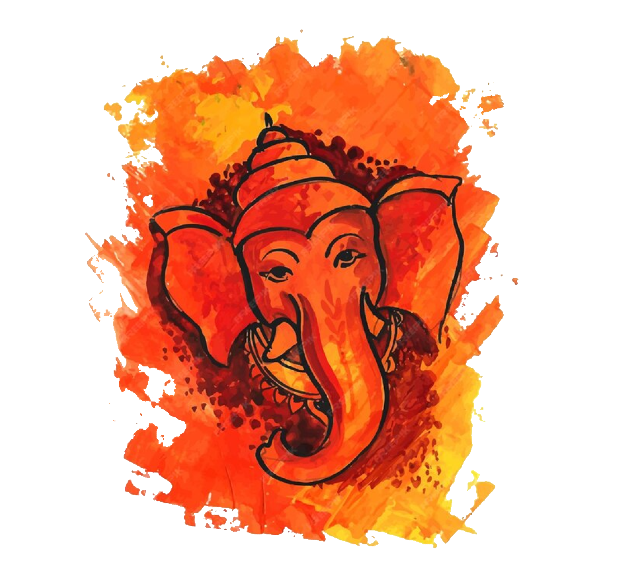
The Victorious Deity
Vijaya Ganapati
Celebrating Ganesha’s Triumph and Overcoming Life’s Challenges
Heading for Article :-
Vijaya Ganapati : The Victorious Lord
Introduction :
Vijaya Ganapati, the fourteenth among the 32 divine forms of Lord Ganesha, embodies the spirit of victory and achievement. In this unique and compelling form, Lord Ganesha is celebrated as the harbinger of success and triumph over life’s challenges. Vijaya Ganapati is revered for his distinct appearance and the symbolism associated with his form.
Iconography and Attributes :
Vijaya Ganapati possesses several remarkable features that set him apart:
Color: He appears in a resplendent red hue, symbolizing his fiery energy and determination.
Divine Vehicle: Vijaya Ganapati rides on his vahana (divine vehicle), the Mooshika, or mouse. Notably, in this form, the mouse is depicted as significantly larger, galloping swiftly under the weight of Lord Ganesha. This symbolism represents the unstoppable momentum and determination of the deity.
Four Arms: Lord Ganesha is portrayed with four arms, each carrying unique attributes symbolizing his divine powers.
The four hands hold the following attributes :
Single Tusk: In one hand, he holds his broken tusk, signifying his sacrifice and the ability to overcome obstacles.
Noose (Pasha): The noose represents the power to bind and subdue obstacles and challenges.
Goad (Ankusha): The goad is a symbol of control and guidance, demonstrating the lord’s authority over life’s difficulties.
Ripe Mango (Amra): The ripe mango, a symbol of abundance and success, is held in one hand to bestow these blessings upon devotees.
Worship and Significance :
Vijaya Ganapati is known as “Ganapati the Victorious” for his role in helping devotees achieve victory and success in their endeavors. Devotees turn to him for blessings and guidance, especially in their pursuit of triumph over life’s hurdles.
Vijaya Ganapati’s red color and association with a mighty mouse underline his unstoppable and determined nature. This form is particularly sought after by those who seek success in various aspects of life, including education, career, and personal goals.
Dhyana Mantra :
The Dhyana Mantra for Vijaya Ganapati encapsulates the essence of his form and blessings:
“Pashankusha Svadhantamra Phalavan Akhuvahanah
Vighnam Nihantu Nah Sarvam Raktavarno Vinayakah.”
This mantra invokes the presence and blessings of Vijaya Ganapati and is recited with devotion.
One of the famous temples dedicated to Vijaya Ganapati is the Ashtha Vinayak Temple in Pune, Maharashtra, which is part of the eight prominent Ganesha temples in the region. These temples are collectively known as the “Ashta Vinayak” temples and hold significance for Ganesha devotees.
Conclusion :
Additionally, the temples in Thiruvananthapuram, Kerala, feature paintings of all 32 forms of Ganapati, allowing devotees to connect with the diverse aspects of the deity. The temples in Chamarajanagar and Nanjangud in Mysore also showcase sculptures of all 32 forms of Lord Ganesha. Worshipping Vijaya Ganapati is believed to provide immediate relief and victory over challenges for devotees who seek his blessings.
Editor – Kaalchakra Team
[ Note – Before Concluding anything as a Finale, Please Go through Original Scriptures of Vaidik Literature Written in Sanskrit and Also with Meaning of That time of Language. Because English is a Limited language to Explaining the Deeper Knowledge of Vaidik Kaal. ]
